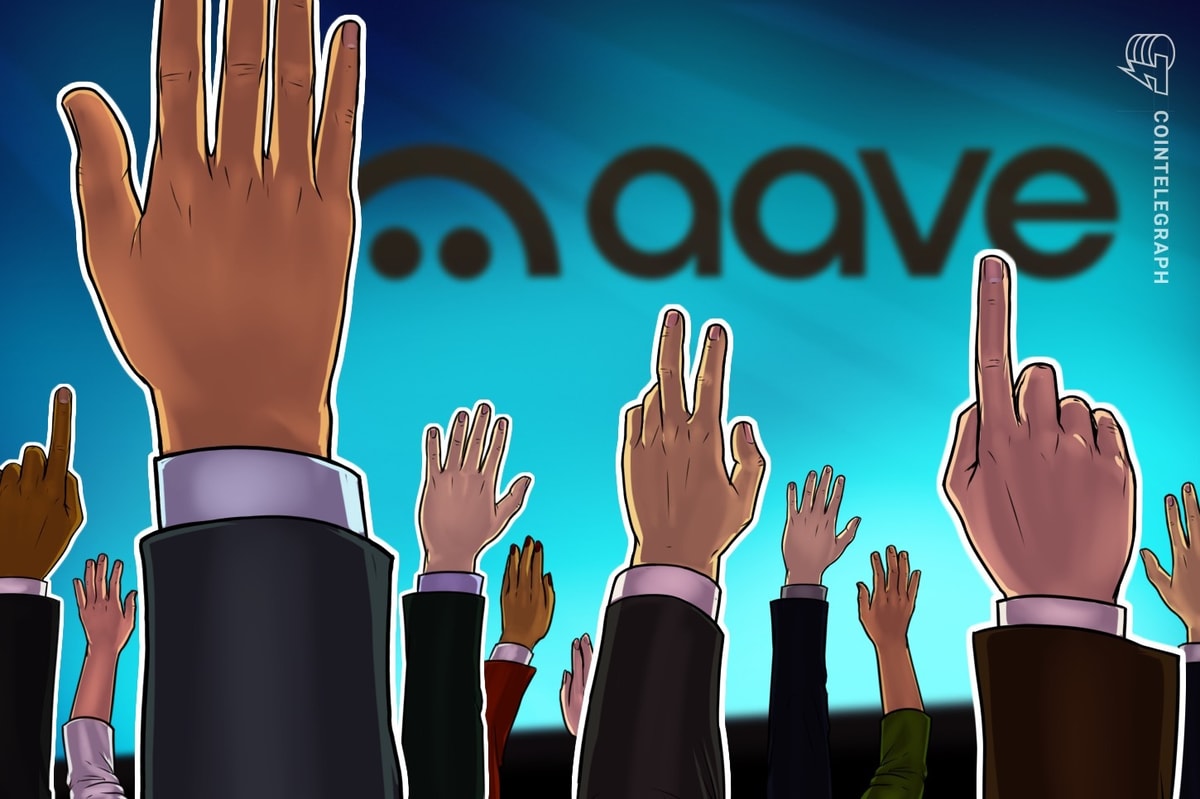Decentralized finance (DeFi) is essentially borrowing on a peer-to-peer system without a bank. But how is it possible to have P2P lending without the bank securing the collateral and liquidating it if the loan fails to be paid?
Moreover, does P2P lending mean that the borrower and lender have to know each other to assess a credit score?
The Importance of Lending
Since the dawn of civilization borrowing has been the wellspring of economic growth. That’s because the most precious resource of all is not a precious metal or money, but time. If enterprises have time to pay back capital they can put it to work building businesses that employ workers and create wealth, which can in turn be invested into new ventures.
The key, of course, is interest rates, which is what borrowers pay for the right to access capital and pay it back over a prearranged term. Home buyers, for example, pay an annualized percentage rate (APR), which is the interest rate the borrower pays on borrowed principal. A borrower with a 5% APR on a $100,000 loan must pay $5,000 every year in interest.
JPMorgan Dives into DeFi After CEO Trashed Crypto as ‘Ponzi’
Lender’s Onyx Unit Executes Live Trades of Tokenized Currencies in Pilot Project
The longer the term the more manageable the monthly payments, but borrowers will pay more cumulatively in interest. For ages, banks controlled most lending.
This is potentially changing sith DeFi lending.
Problems in Making Lending Decentralized
The process of lending is clearly and logically defined:
- Principal is the loan amount.
- Annual percentage rate (APR) is the cost of borrowing the principal as interest paid.
- The length of loan repayment determines APR.
Encode Lending
This means that it is very easy to encode lending. The problem is repayment
- Who is eligible to receive loans? Banks and other financial institutions go to great lengths to analyze borrowers’ credit scores — the ability to repay a loan.
- If the borrower fails to repay the loan, what can the bank do to seize assets equivalent to the loan’s value? This is called collateral.
How Does DeFi Lending Work?
There are two components needed to make decentralized lending possible. The first is making sure that the loan record is not fungible. Blockchain’s data immutability — making transactions irreversible — is the key to making digital assets viable.
Because every data block (transaction) is timestamped, it is chronologically chained. And because this chain is cryptographically secured and synced between hundreds or thousands of network nodes, it is virtually impossible to falsify a transaction.
The second component that makes decentralized lending possible is a smart contract. This embedded software within blockchain’s data blocks enables governing logic for transactions to execute.
Between a blockchain and a smart contract, it is then possible to create peer-to-peer lending without banks and without the borrower and lender ever knowing each other:
- The lender deposits cryptocurrencies into a smart contract.
- The purpose of this smart contract is to pool funds — creating a liquidity pool — just like a bank has its vaults.
- The borrower accesses this liquidity pool to borrow funds, under the conditions set by the smart contract.
- These smart contract conditions range from loan principal amount and APR to the type of collateral used to issue a loan and the loan liquidation threshold.
So, instead of using credit scores, DeFi lending relies on crypto collateral. If the borrower fails to pay the loan, the smart contract automatically liquidates the collateral. In turn, the lender receives their principal without any need for off-chain loan enforcement.
Example of a DeFi Loan
One of the most popular lending decentralized applications (dApps) on Ethereum is Aave. The web interface you see when you connect your MetaMask wallet to Aave is the actual dApp, as the user-friendly connecting tissue to Ethereum’s smart contracts.
Let’s say you want to borrow a stablecoin like USDC, which is equivalent to the dollar value and easily convertible as such. In October 2022, out of total supplied liquidity of $975M, people tapped into the USDC pool by borrowing $446M, at a stable APR of 10% and variable APR of 1.82%.
Note that annual percentage yield (APY) is just a compounded interest rate, unlike APR. So, the APY figure is preferred by lenders because they earn it with borrower’s deposit, while borrowers pay APR on loans. If borrowers don’t want to risk market swings, they typically select a stable APR.
Given that the market turned bearish in the second half of 2022, this turned out to be a bad call because variable APR fell by five times. Now, to borrow USDC stablecoin, one has to supply a crypto collateral. Aave has a long list of digital assets that can serve as a collateral and at which APY rate.
Depending on the collateral picked to secure your loan, the liquidation threshold will be different. For example, if ETH is used as a collateral, it will have an 86% liquidation threshold. This means that if the loan value goes under 86% of the collateral value, the collateral will be automatically liquidated. This is why it is prudent to use other stablecoins as collaterals.
DeFi Lending: The Future of Finance?
DeFi lending equalizes access to credit like never before. Anyone with a non-custodial wallet can access a lending dApp on a permissionless public blockchain. Without needing to supply anything other than a collateral, via that wallet.
By the same lending token, one can easily become a lender, becoming a virtual private mini-bank. With that said, one has to guard against smart contract exploits, typically found in flash loans. These exploits can drain liquidity pools, endangering the viability of the entire protocol.
Nonetheless, DeFi lending is here to stay, already having proved itself as a flexible and robust alternative to commercial banking. In the end, occasional hiccups in a few short years since DeFi became a reality are to be expected.
Series Disclaimer:
This series article is intended for general guidance and information purposes only for beginners participating in cryptocurrencies and DeFi. The contents of this article are not to be construed as legal, business, investment, or tax advice. You should consult with your advisors for all legal, business, investment, and tax implications and advice. The Defiant is not responsible for any lost funds. Please use your best judgment and practice due diligence before interacting with smart contracts.
Read More: news.google.com









 Bitcoin
Bitcoin  Ethereum
Ethereum  Tether
Tether  XRP
XRP  USDC
USDC  Solana
Solana  Dogecoin
Dogecoin  TRON
TRON  Cardano
Cardano  Lido Staked Ether
Lido Staked Ether  Wrapped Bitcoin
Wrapped Bitcoin  LEO Token
LEO Token  Chainlink
Chainlink  USDS
USDS  Avalanche
Avalanche  Toncoin
Toncoin  Stellar
Stellar  Hedera
Hedera  Shiba Inu
Shiba Inu  Sui
Sui  Wrapped stETH
Wrapped stETH  MANTRA
MANTRA  Bitcoin Cash
Bitcoin Cash  Litecoin
Litecoin  Polkadot
Polkadot  Binance Bridged USDT (BNB Smart Chain)
Binance Bridged USDT (BNB Smart Chain)  Bitget Token
Bitget Token  Ethena USDe
Ethena USDe  Hyperliquid
Hyperliquid  WETH
WETH  Pi Network
Pi Network  WhiteBIT Coin
WhiteBIT Coin  Monero
Monero  Wrapped eETH
Wrapped eETH  OKB
OKB  Dai
Dai  Uniswap
Uniswap  sUSDS
sUSDS  Coinbase Wrapped BTC
Coinbase Wrapped BTC  Pepe
Pepe  Aptos
Aptos  Gate
Gate  Ondo
Ondo  Tokenize Xchange
Tokenize Xchange  NEAR Protocol
NEAR Protocol  Cronos
Cronos  Internet Computer
Internet Computer  Mantle
Mantle  Ethereum Classic
Ethereum Classic